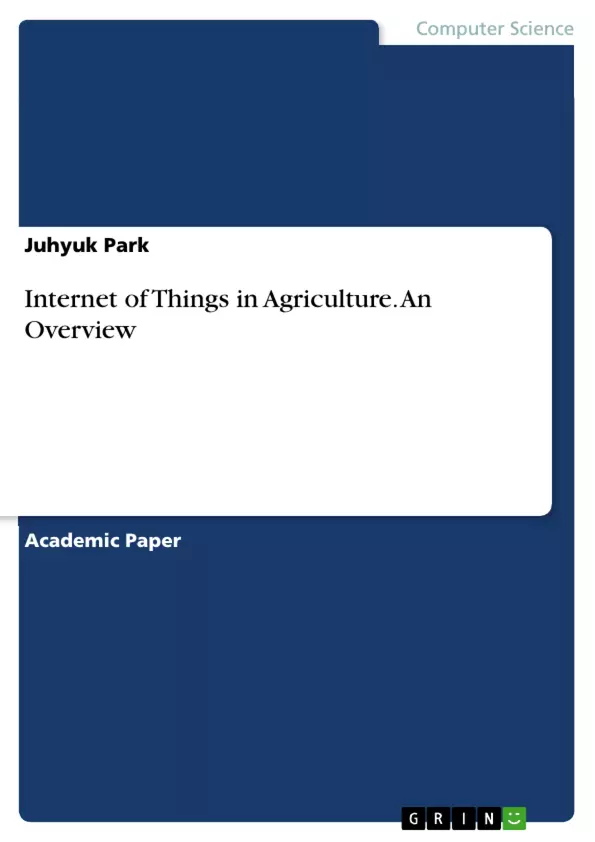In this work the usage if IoT in agriculture in its different ways will be explained.
The rapid development of IoT technology is making it possible to both increase the efficiency and reduce the waste in modern agriculture industry. Each year, farmers lose huge amounts of profit because of animal illnesses and other issues that could be prevented by applying technologies that have been proved to be safe and convenient.
There have been many smart management ways that farmers could promote better livestock health with the IoT applications. One perspective application of deploying IoT technology in agriculture industry is “smart cow”, which allows farmers to monitor livestock health with multi-types sensors and data-driven decision making.
Table of Contents
- Introduction
- General Description
- Business Objectives and Scope
- General Assumptions and Success Criteria
- Product Characteristics
- Analytics Objective
- Analytics Characteristics
- User's Stories
- Product Requirements
- Sensor Requirements
- Data Requirements
- Computational Requirements
Objectives and Key Themes
The main objective of this work is to introduce a powerful IoT product for cow management, aiming to improve livestock health, increase farm efficiency, and ultimately enhance revenue. This document explores the application of IoT technology in the agricultural industry, focusing on a smart neck collar sensor device designed to provide real-time cow information.
- Improving Livestock Health
- Increasing Management Efficiency
- Boosting Revenue through Milk Production Optimization
- Reducing Costs and Labor Requirements
- Leveraging Data Analytics for Decision Making
Chapter Summaries
- Introduction: The chapter provides a general description of the project, highlighting the potential of IoT technology in enhancing agricultural efficiency and reducing waste. It outlines the business objectives, including increased management efficiency, revenue generation, and cost reduction. The chapter also defines key assumptions and success criteria for the project.
- Product Characteristics: This chapter delves into the analytics objectives of the smart neck collar device, aiming to increase revenue, manage assets, and improve operational efficiency. It discusses the various features of the device, including anomaly detection, classification, and location tracking.
- Product Requirements: This chapter focuses on the technical requirements of the smart neck collar device, including sensor specifications, data requirements, and computational needs.
Keywords
The primary keywords and focus topics include IoT technology, agriculture industry, livestock management, smart neck collar, data analytics, health monitoring, revenue optimization, cost reduction, asset management, operational efficiency, and anomaly detection.
- Quote paper
- Juhyuk Park (Author), 2018, Internet of Things in Agriculture. An Overview, Munich, GRIN Verlag, https://www.hausarbeiten.de/document/985476


